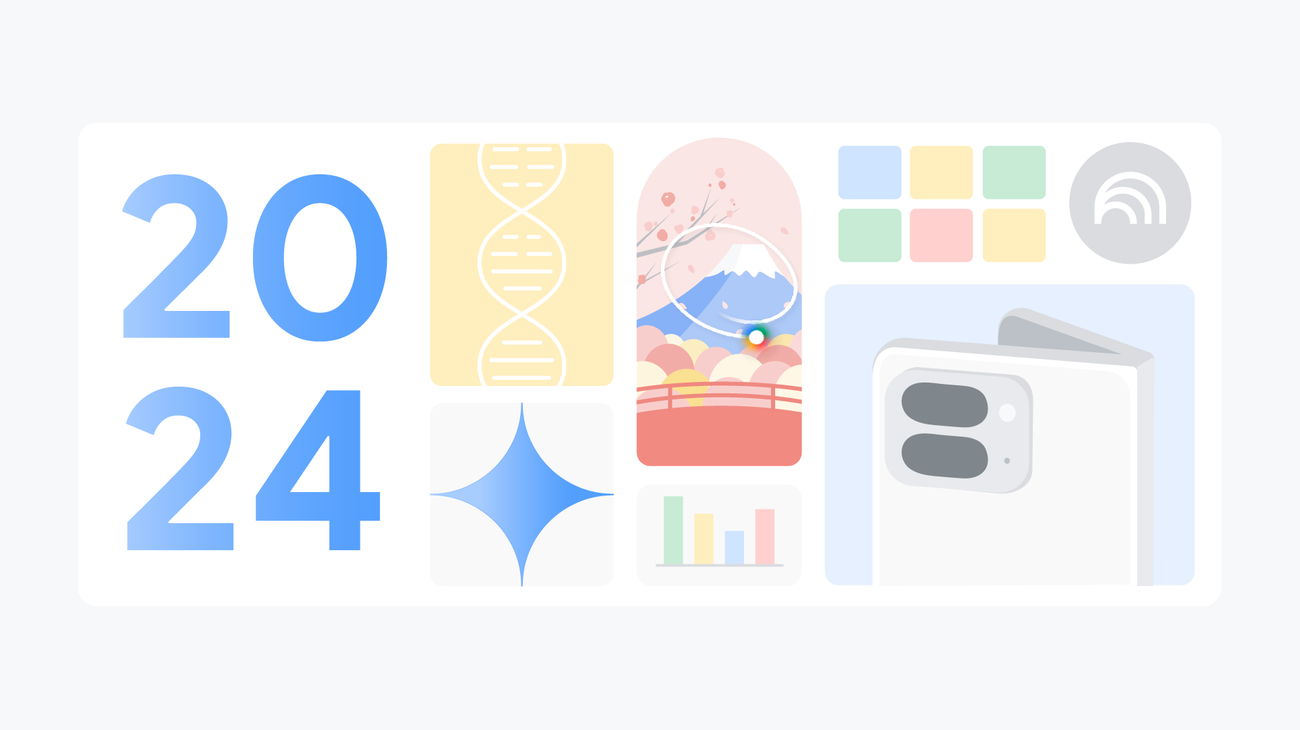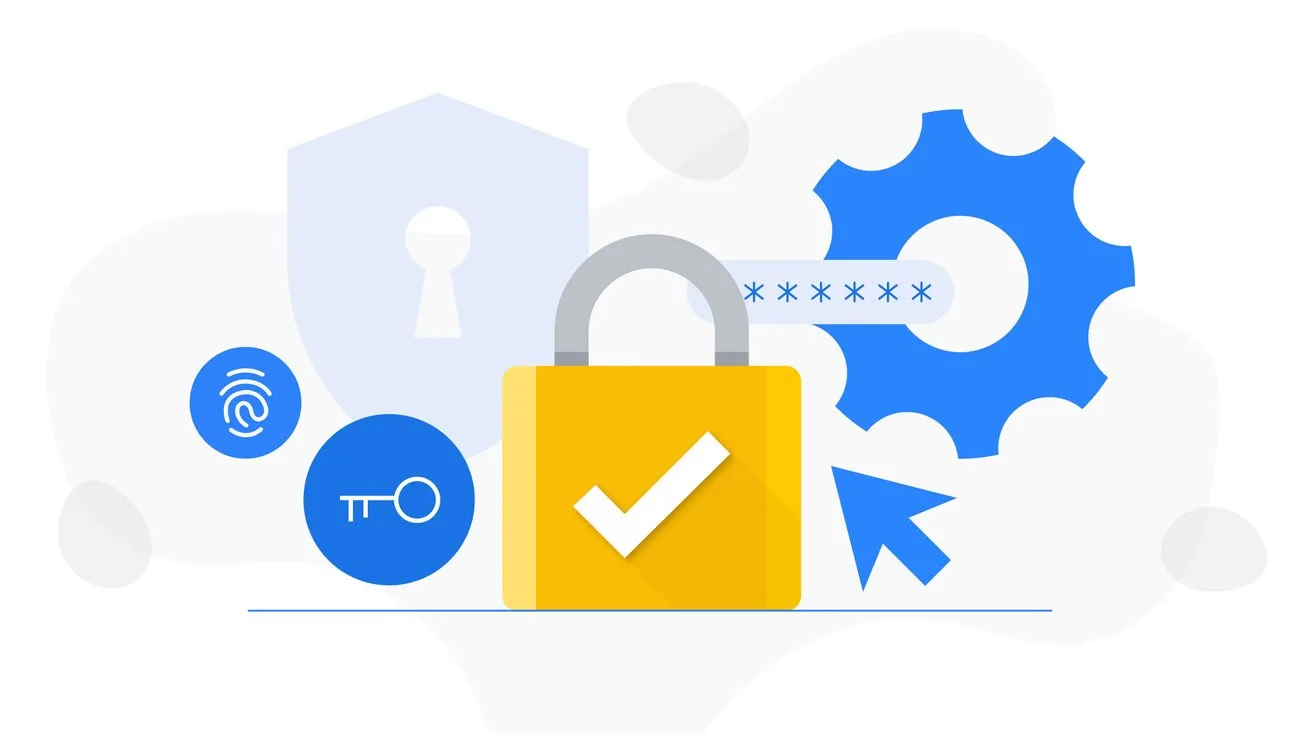Schlagwort: Gmail
-

60 of our biggest AI announcements in 202460 of our biggest AI announcements in 2024
Reading Time: 6 minutesRecap some of Google’s biggest AI news from 2024, including moments from Gemini, NotebookLM, Search and more.Recap some of Google’s biggest AI news from 2024, including moments from Gemini, NotebookLM, Search and more.Website: LINK
-

6 cybersecurity mistakes people make — and what to do instead6 cybersecurity mistakes people make — and what to do instead
Reading Time: 5 minutesGoogle’s experts walk through the all-too-common cybersecurity mistakes people make online, and what to do instead. Read on to learn more about which habits you should d…Google’s experts walk through the all-too-common cybersecurity mistakes people make online, and what to do instead. Read on to learn more about which habits you should…
-

Polishing up emoji and making them easier to sharePolishing up emoji and making them easier to shareCreative Director
Reading Time: 4 minutesWe talk a lot about the most frequently used emoji — 😂, 😭,❤️… But what about 📬? Who will speak for 📓? With over 3,521 emoji, there are a lot you have to scroll past to get to 👑. While working from home, plus the delay of Unicode’s next emoji release, we…
-

Tips from the people behind your favorite Google productsTips from the people behind your favorite Google products
Reading Time: 5 minutesI’m one of those people who always cuts it close at the airport—it’s a race through security, with just enough time to grab the airline essentials: water bottle, magazine, a soft pretzel if I’m lucky. But I just learned that I can whip out Google Maps to find my way around the…
-

7 ways admins can help secure accounts against phishing in G Suite7 ways admins can help secure accounts against phishing in G Suite
Reading Time: 5 minutesWe work hard to help protect your company against phishing attacks—from using machine learning, to tailoring our detection algorithms, to building features to spot previously unseen attacks. While we block as many external attacks as we can, we continue to build and offer features designed to empower IT administrators to develop strong…
-

100 announcements (!) from Google Cloud Next ‚17100 announcements (!) from Google Cloud Next ’17
Reading Time: 18 minutesSan Francisco — What a week! Google Cloud Next ‘17 has come to the end, but really, it’s just the beginning. We welcomed 10,000+ attendees including customers, partners, developers, IT leaders, engineers, press, analysts, cloud enthusiasts (and skeptics). Together we engaged in 3 days of keynotes, 200+ sessions, and 4 invitation-only summits. Hard…




